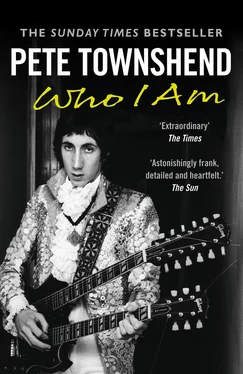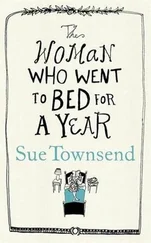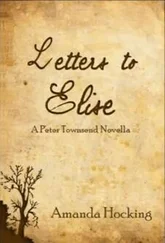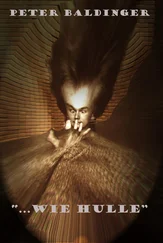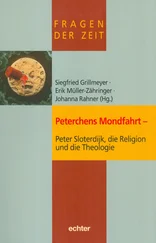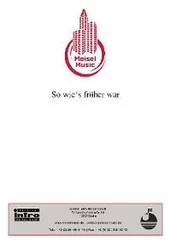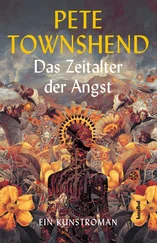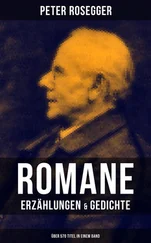During the winter of 1966–7 I listened to jazz saxophonist Charles Lloyd’s Forest Flower , a live album of his extraordinary performance at the Monterey Jazz Festival in September 1966. Forest Flower , like the Beach Boys’ stereo masterpiece Pet Sounds , seemed to fit the times perfectly. Keith Jarrett was Lloyd’s pianist, and at some point on the record he starts banging the piano and picking and stroking the strings. Here, I felt, was a musician after my own heart, who played every instrument in unintended ways.
Keith Jarrett was born in the same month as me and his playing often reduces me to the kind of tears reserved for drunken solitude. I would sell my soul to play like him – and I don’t make that statement lightly. While listening to this genius I was struggling at the upright piano I’d shoehorned into Karen’s bedroom, and slowly, tortuously, beginning to find some path to self-expression on the eighty-eight black and white keys (a quantity I had often felt as a child was insufficient).
My friendship with Eric Clapton had deepened through our joint outings to pay homage to Jimi Hendrix, who was doing his first sensational gigs around London that spring. Jimi Hendrix was testing some of his first lyrical ideas at his shows. Eric’s friend, the painter and designer Martin Sharp, was helping him write songs, and Martin’s lyrics were very ambitious and poetic. Caught between two great new emerging songwriting talents, I felt challenged to evolve.
Seeing Jimi play for the first few times was also challenging for me as a guitarist. Jimi had the nimble, practised fingers of the concert violinist; he was a real virtuoso. I was reminded of Dad and his tireless practising, how much time he spent getting to a level when he could play so fast that the notes turned into a blur. But with Jimi there was something else: he married the blues with the transcendent joy of psychedelia. It was as though he had discovered a new instrument in a new world of musical impressionism. He went further on stage, and appeared to be powerful and manly without any aggression.
He was a mesmerising performer, and I hesitate to describe how fantastic he was to actually see play live, because I really don’t want to make his legions of younger fans feel they’ve missed out. We all miss out on something. I missed out on Parker, Ellington and Armstrong. And if you missed Jimi playing live, you missed something very, very special. Seeing him in the flesh it became clear he was more than a great musician. He was a shaman, and it looked as if glittering coloured light emanated from the ends of his long, elegant fingers as he played. When I went to see Jimi play I didn’t do acid, smoke grass or drink, so I can accurately report that he worked miracles with the right-handed Fender Stratocaster that he played upside down (Jimi was left-handed).
After seeing Jimi live, I rarely enjoyed his recordings, which paled by comparison. The exceptions were ‘All Along the Watchtower’ and ‘Voodoo Chile’, both tracks from a later session in 1968. Eddie Kramer had engineered all of Jimi’s records, but the sessions for Electric Ladyland were the first in New York, and it was there that Jimi and Eddie began to connect in that indefinable audio ether, where Jimi’s shamanic powers would finally be allowed to express themselves on vinyl.
While I felt a bit stranded by Jimi’s psychedelic genius, I felt equally out of the loop when drugs became a political issue for those of us in the music business – Paul McCartney had gone on TV saying marijuana should be legalised, for example. It might appear that I felt threatened by talented people, or those brave enough to live a wilder life, and there’s some truth in that, but mostly I felt out of synch, a few steps behind. This feeling had been instilled in me as a young teenager when I was usually surrounded by older, more experienced young men. However, my awe of my elders was tested when Mick Jagger and Keith Richards were busted for drugs.
At that time it really did appear as though the Establishment was looking to make an example of Keith Richards by sending him to prison, and in what was possibly Keith Moon’s only act of political solidarity he and his girlfriend Kim stood outside the court with banners appealing for some balance. All this impressed me. Psychedelia, drugs, politics and spiritual stuff were getting knitted together all of a sudden, and I did my best to keep up.
By the time Jimi Hendrix was doing his first London shows in January and February 1967, the couple of acid trips I’d done had definitely changed the way I perceived things. Trees bare of their leaves in winter, for example, began to look like those medical student mock-ups of the vein and artery network inside the human lung; in effect I suddenly saw trees for what they really are: planetary breathing machines. I wasn’t a tripped-out freak, but the way I looked at things was evolving.
Around this time, Karen and I went to see some new friends, the illustrator Mike McInnerney and his wife Katie, whom I’d met at a Pink Floyd show. Their flat was on Shaftesbury Avenue. At the time Mike was painting the banner for The Flying Dragon, a clothes shop intended to rival Granny Takes a Trip. I waffled on to Mike about some of my revelations at the feet of Ron and Ralph of the Blues Magoos, who had introduced me to George Adamski’s extraterrestrial conspiracy theories. Mike tossed me a book called The God Man , written by an eminent British journalist of the Thirties called Charles Purdom.
I opened the book and saw a photograph of a strange-looking, charismatic fellow with a large, rather flattened nose, flowing dark hair and a generous moustache. He was an Indian teacher, Meher Baba, which means ‘Compassionate Father’. I read a few lines, and found that everything Meher Baba said fitted perfectly with my view of the cosmos. He was still alive at that time, and Mike told me that a group of his friends hoped to go to India soon to meet him.
On Karen’s bedroom wall were three Victorian black-and-white postcard photographs of scantily dressed actresses. One was the infamous Lily Langtry, mistress of Prince Edward, later King Edward VII, and one sunny afternoon while Karen was at work I scribbled out a lyric inspired by the images and made a demo of ‘Pictures of Lily’. My song was intended to be an ironic comment on the sexual shallows of show business, especially pop, a world of postcard images for boys and girls to fantasise over. ‘Pictures of Lily’ ended up, famously, being about a boy saved from burgeoning adolescent sexual frustration when his father presented him with dirty postcards over which he could masturbate.
‘Pictures of Lily’ was ready to go, but I didn’t have much else completed. Kit had heard the demo of ‘Glittering Girl’, and felt it might make a single. I also had a clutch of lyrics about frustrated romance. I have always said I never wrote love songs, but the truth is I rarely wrote good ones.
While I was working on the demo, a jazz critic for Playboy called to ask if he could bring Keith Jarrett over to use my piano for a few hours. I refused. Strange to think I turned down the chance of one of the greatest private concerts in my life, but I was fairly sure I had a hit in hand and didn’t want the distraction. Keith Jarrett then got on the phone and asked me a few questions about my demo recording method. I told him I was playing all the parts myself, and he seemed inspired to do something similar. On Restoration Ruin , the album he produced the following year, which I eagerly sought out, he sang, played guitar, harmonica, sax, piano, organ, flute, bass, drums and percussion with great facility. Of course it’s Keith Jarrett’s freewheeling piano play that has made him so beloved; like Jimi, Keith is clearly transported by what flows from his fingers.
Читать дальше
